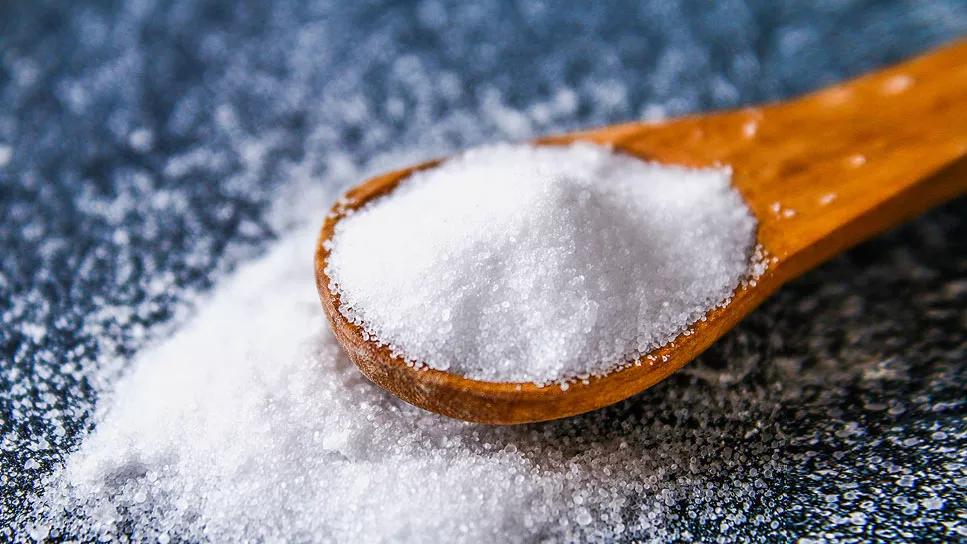FORM ONE CHEMISTRY TERMINAL EXAMINATION
Time: 2 Hours
Instructions:
Answer all questions in Sections A and B
Choose one question from Section C
Write your answers clearly in the spaces provided
Use diagrams where they help explain your answers
Show all your working for calculation questions
SECTION A (15 MARKS)
Multiple Choice Questions (10 Marks)
Choose the best answer for each question and write its letter in the space provided.
What is the scientific study of substances and how they change?
A. The study of forces and motion
B. The study of living organisms
C. The study of matter and its transformations
D. The study of Earth's physical featuresWhich piece of equipment would you most likely find in a chemistry lab?
A. A device for viewing distant stars
B. An instrument for viewing tiny objects
C. A container for measuring liquids
D. An appliance for bakingWhich of these describes a fundamental form that matter can take?
A. Something that makes things visible
B. A form of energy we can feel
C. A state where particles are tightly packed
D. The warmth we feel from fireWhen ice turns into water, what process is occurring?
A. When a liquid becomes a gas
B. When gas turns to liquid
C. When a solid becomes liquid
D. When liquid turns to solidWhich of these is a combination of different substances not chemically bonded?
A. Pure drinking water
B. Table salt
C. The air we breathe
D. A gold wedding ringHow would you separate sand from water in a mixture?
A. By letting the liquid turn to vapor
B. By heating and collecting the vapor
C. By passing it through filter paper
D. By using special separation paperWhich of these cannot be broken down into simpler substances by chemical means?
A. Garden soil
B. Ocean water
C. The gas we breathe
D. Fruit juiceWhat is the smallest particle of an element that still has its properties?
A. A combination of atoms
B. The basic unit of an element
C. A combination of elements
D. A charged particleWhich of these correctly represents a chemical element?
A. The gas we exhale
B. The liquid we drink
C. The gas that supports life
D. Table saltWhen iron rusts, what kind of change is happening?
A. A change in appearance only
B. A change creating new substances
C. A change between states
D. A simple mixing of materials
Matching Items (5 Marks)
Match each chemistry term with its correct description by writing the letter in the space provided.
| Term | Description |
|---|---|
| 1. Matter | B. Anything that has mass and takes up space |
| 2. Element | C. Made of only one kind of atom |
| 3. Compound | E. Two or more elements chemically joined |
| 4. Solution | A. A uniform mixture of substances |
| 5. Filtration | D. Separating solids from liquids |
SECTION B (70 MARKS)
Answer all questions in this section.
1. Laboratory Safety (10 marks)
Describe five important safety measures every student should follow when working in a chemistry lab.
2. Solids and Their Properties (10 marks)
Explain five key characteristics that distinguish solids from other states of matter.
3. Mixtures vs Compounds (10 marks)
Compare mixtures and compounds by discussing five fundamental differences between them.
4. Uses of Distillation (10 marks)
Provide five examples of how the distillation process is applied in real-world situations.
5. Separation Techniques (10 marks)
Discuss five different methods scientists use to separate components of mixtures.
6. Common Elements (10 marks)
Identify five important elements, giving both their names and chemical symbols.
7. Important Compounds (10 marks)
Name five common chemical compounds and write their correct chemical formulas.
8. Physical vs Chemical Changes (10 marks)
Explain how physical changes differ from chemical changes, providing five key distinctions.
SECTION C (15 MARKS)
Answer one question from this section.
9. Chemistry in Daily Life (15 marks)
Explore how chemistry impacts our everyday activities, supporting your discussion with relevant examples from different aspects of life.
OR
10. The Importance of Matter (15 marks)
Explain why understanding the nature and behavior of matter is crucial, discussing its significance in both scientific and practical contexts.


No comments
Post a Comment